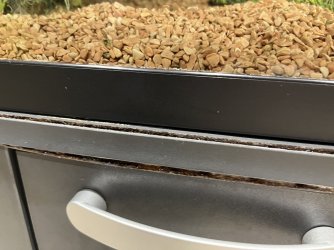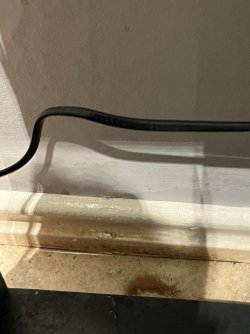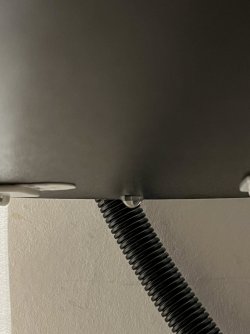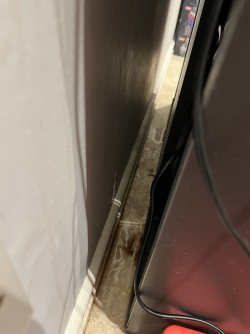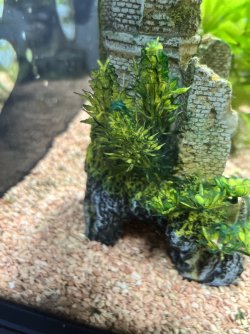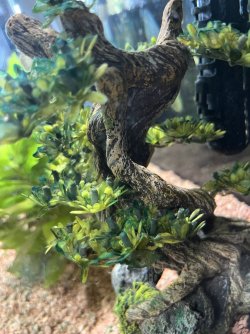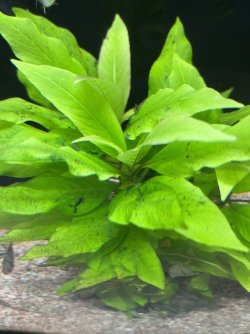elizabethrosalia
New Member
Dear All,
I'd be very grateful for some advice.
I have quite old, (approx 20 years) second-hand Juwel Rekord 70 litres tank with some plants and tetras, barbs and a pleco. I have just decided as a bit of a treat to upgrade to a Fluval Roma 125 litres tank, which arrives in a couple of days time. For the past year or so, I have a problem with cyanobacteria so was looking forward to cycling the new tank as if it were a brand new tank and being cyanobacteria-free at last.
Since ordering the new Roma aquarium, I have just noticed my Juwel tank is very slowly leaking around its base. Just a steady drip but I think it must have been doing this for some time as the mdf cabinet it sits on is quite swollen. My dreams of cycling the new tank may be in tatters as I think I have to move the fish to their new tank sooner rather than later. I just wondered if there was a way around this? I didn't want to transfer the filter/substrate/water because of the risk of getting some of the cyanobacteria along with it.
Is there a way to stop the tank leaking? I think it must be the silicon that's gone. Can I cycle the new tank with all new things in a quicker way? Can I minimise the risk of taking the cyanobacteria into the new tank? I am just not sure what to do for best.
Thank you,
Elizabeth
I'd be very grateful for some advice.
I have quite old, (approx 20 years) second-hand Juwel Rekord 70 litres tank with some plants and tetras, barbs and a pleco. I have just decided as a bit of a treat to upgrade to a Fluval Roma 125 litres tank, which arrives in a couple of days time. For the past year or so, I have a problem with cyanobacteria so was looking forward to cycling the new tank as if it were a brand new tank and being cyanobacteria-free at last.
Since ordering the new Roma aquarium, I have just noticed my Juwel tank is very slowly leaking around its base. Just a steady drip but I think it must have been doing this for some time as the mdf cabinet it sits on is quite swollen. My dreams of cycling the new tank may be in tatters as I think I have to move the fish to their new tank sooner rather than later. I just wondered if there was a way around this? I didn't want to transfer the filter/substrate/water because of the risk of getting some of the cyanobacteria along with it.
Is there a way to stop the tank leaking? I think it must be the silicon that's gone. Can I cycle the new tank with all new things in a quicker way? Can I minimise the risk of taking the cyanobacteria into the new tank? I am just not sure what to do for best.
Thank you,
Elizabeth




